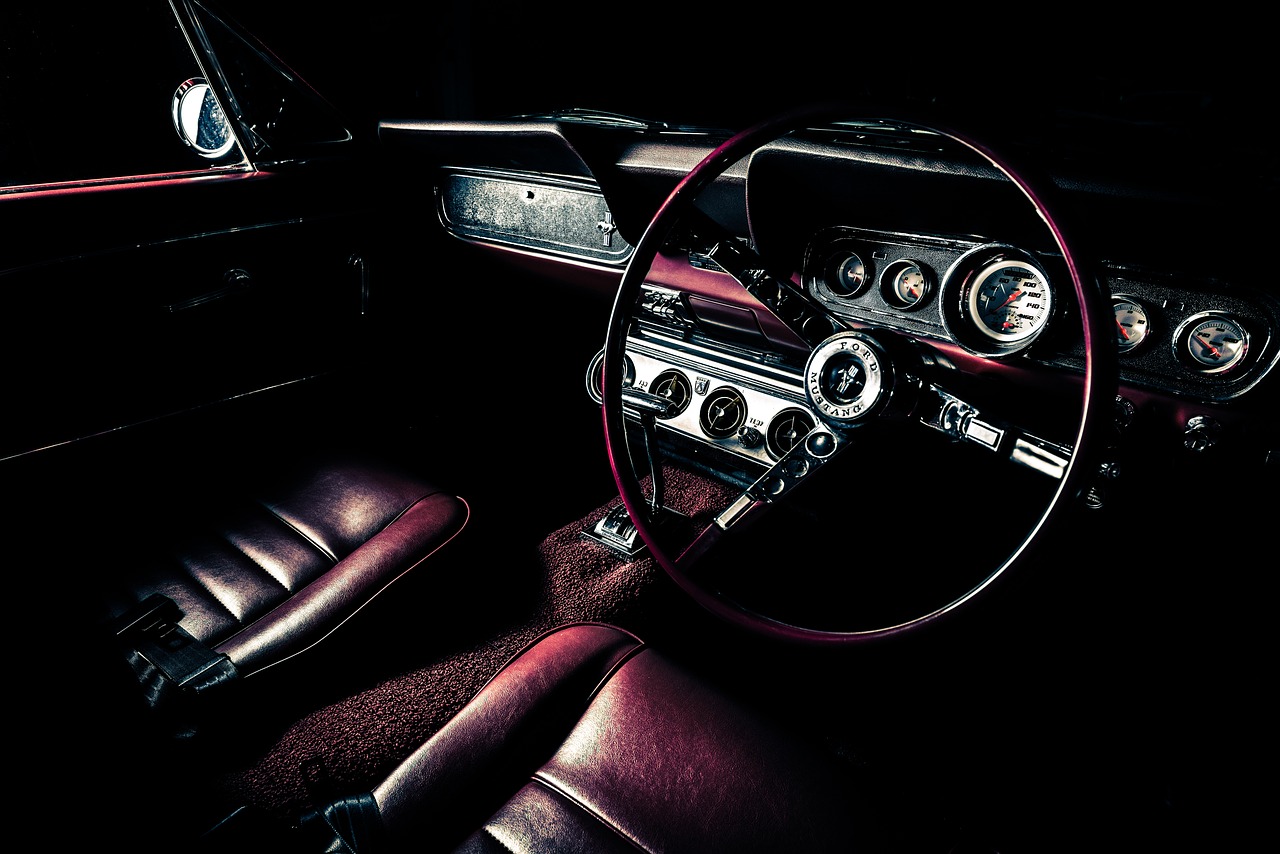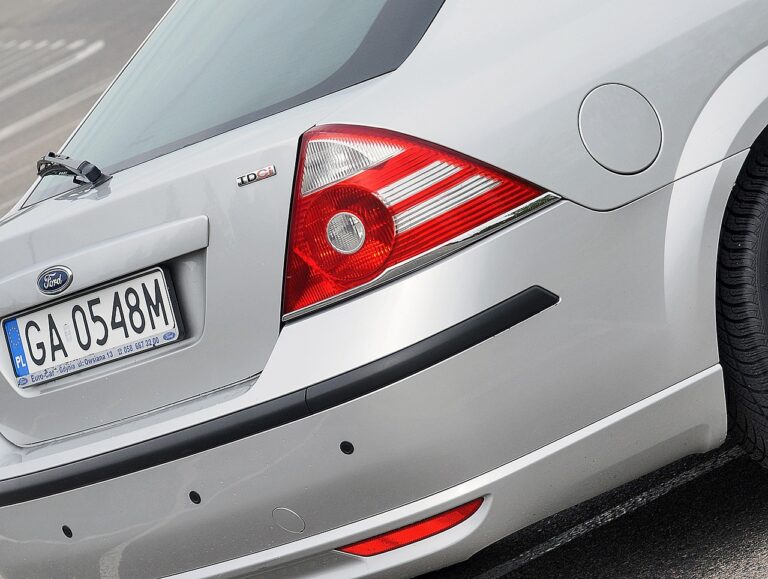The Role of Emotional Design in Car Exterior Proportions and Silhouettes
Car design has the remarkable ability to evoke emotions in individuals, influencing their perceptions and preferences towards certain vehicles. The incorporation of emotional appeal into car design plays a crucial role in engaging consumers on a deeper level by establishing a connection that extends beyond the mere functionality of the vehicle. This emotional engagement is often a result of various design elements such as shape, color, and overall aesthetic that collectively contribute to the overall appeal of the car.
Emotional appeal in car design can be a powerful tool for automotive manufacturers in establishing a distinct identity and resonating with their target audience. By carefully considering the emotional impact of their design choices, automakers can create vehicles that not only meet the functional requirements of consumers but also elicit positive emotions and perceptions. This focus on emotional appeal in car design helps to differentiate brands in a competitive market, fostering brand loyalty and influencing consumer behavior in the purchasing process.
Understanding the Relationship Between Emotions and Car Exterior Proportions
When it comes to car design, the relationship between emotions and exterior proportions plays a crucial role in shaping the overall aesthetics of a vehicle. The emotional appeal of a car is heavily influenced by its exterior proportions, as these dimensions can evoke certain feelings and perceptions in individuals. The size and shape of a car’s body, along with the placement of features such as the headlights, grille, and wheels, all contribute to the emotional response that the design elicits.
Designers carefully consider how different proportions can impact the emotional appeal of a car, aiming to create a harmonious and visually appealing overall look. For example, sleek and elongated proportions may convey a sense of speed and sophistication, while rounded and compact shapes can evoke feelings of cuteness or approachability. By understanding the relationship between emotions and car exterior proportions, designers can effectively communicate the intended personality and character of a vehicle through its design.
How does emotional appeal impact car design?
Emotional appeal plays a crucial role in car design as it can influence the overall aesthetic appeal and desirability of a vehicle. Designers often incorporate elements that evoke specific emotions in consumers to create a strong emotional connection with the car.
What is the relationship between emotions and car exterior proportions?
The relationship between emotions and car exterior proportions is complex. Certain proportions, such as a sleek and aerodynamic silhouette, can evoke feelings of speed and excitement. On the other hand, a boxy and rugged design may evoke a sense of ruggedness and reliability.
How can car designers use emotions to influence car exterior proportions?
Car designers can use emotions to influence car exterior proportions by understanding the emotional response that different proportions can evoke in consumers. By strategically adjusting proportions, designers can create a vehicle that appeals to specific emotions, such as power, elegance, or adventure.
Can the emotional appeal of a car impact consumer purchasing decisions?
Yes, the emotional appeal of a car can have a significant impact on consumer purchasing decisions. Consumers are often drawn to vehicles that evoke positive emotions and resonate with their personal preferences and lifestyle. A strong emotional connection can influence a consumer’s decision to purchase a particular car.





